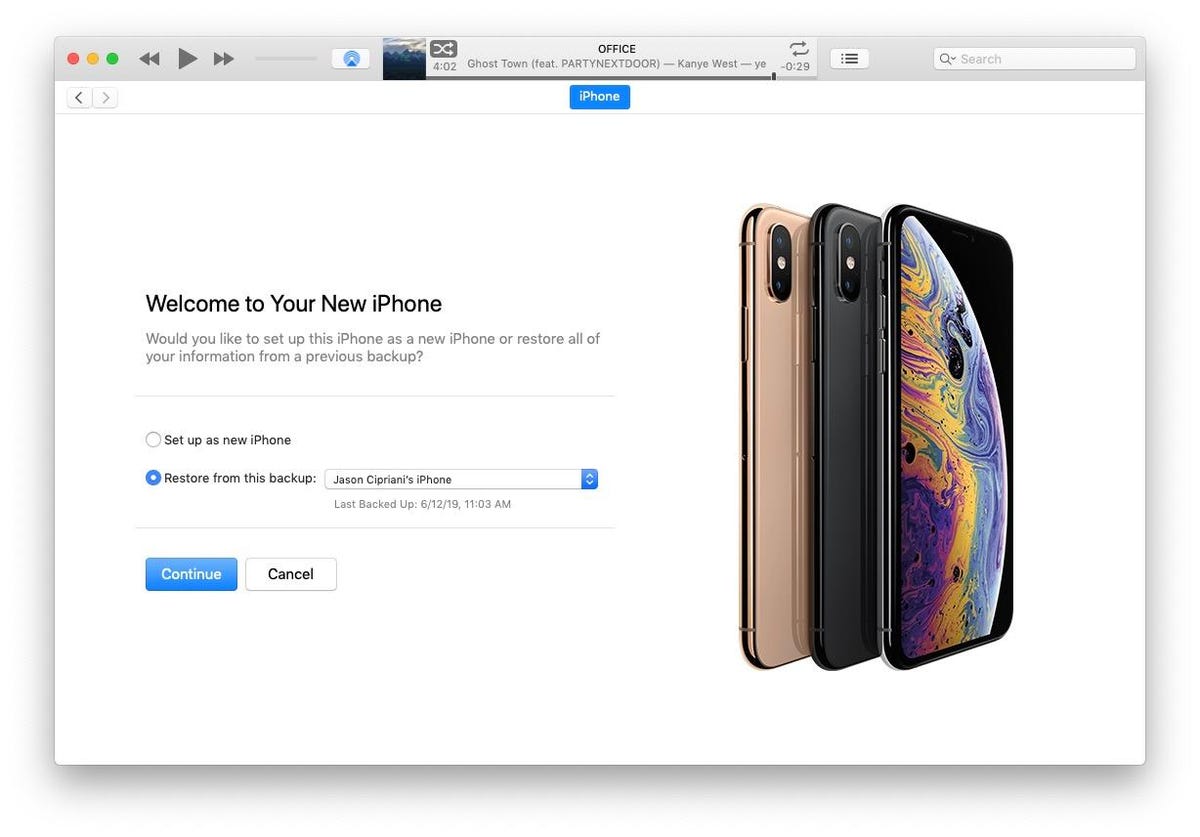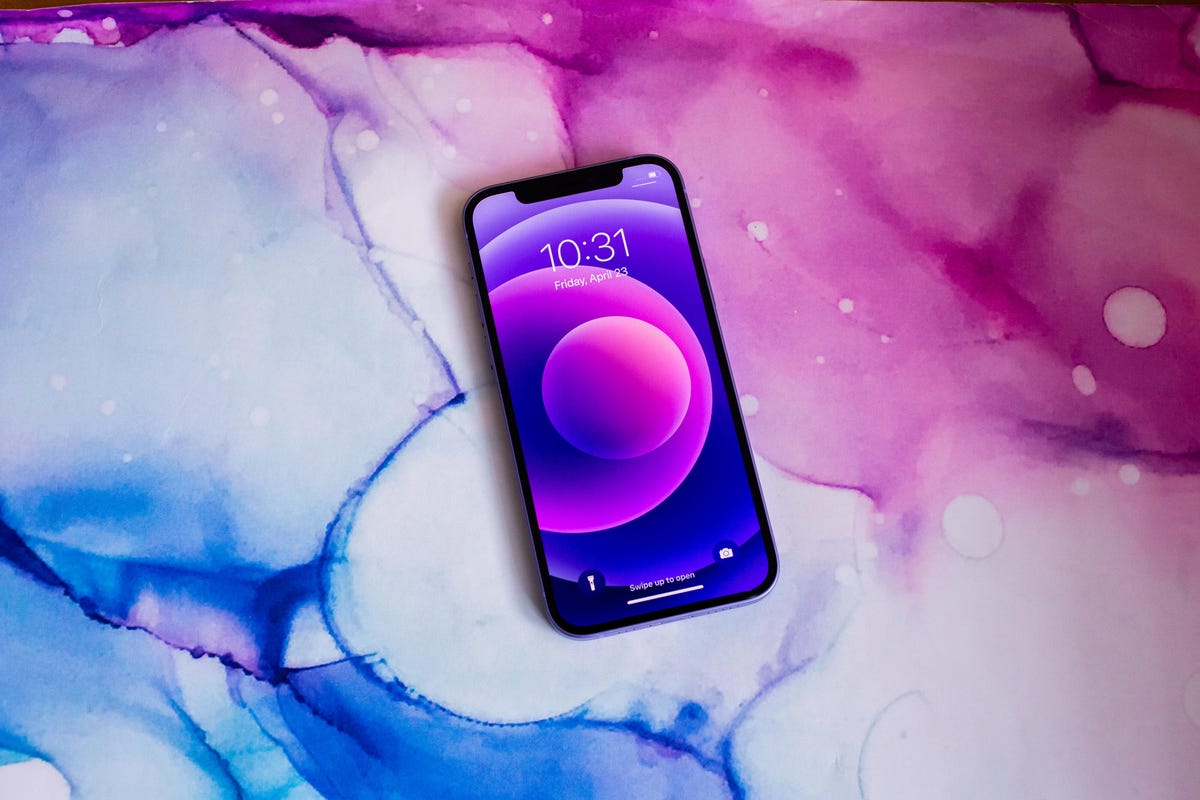Whenever Apple releases a new software update for the iPhone and iPad, you have to decide how soon you should update. Do you wait to see if there are any bugs? Or do you take the plunge right away and hope that it’s smooth sailing? If you choose the latter, there’s a slim chance you’ll be able to go back to the previous version of iOS or iPadOS — but you probably shouldn’t.
Every once in a while, someone asks me if it’s possible to go back to an older version of iOS on the iPhone because insert random bug here. For example, Apple recently pushed out iOS 14.5. If you upgraded right away and ran into issues with battery life, there was a small window during which you could go back to iOS 14.4. But, my response is always the same. It is possible, but you shouldn’t do it. Either start waiting a little longer before updating to the latest iOS or iPadOS, or wait for the next update that will hopefully fix the issue.
Going back to a previous version of iOS isn’t easy, and honestly, it’s not something I recommend. You have a small window of time to make the switch, you’ll need to factory-reset your phone, and most importantly, you’ll have to download the update from an unknown third party. Let me explain.


Rolling back from iOS 14.5 to iOS 14.4 is possible but not recommended.
Sarah Tew/CNET
You don’t have a lot of time
Every time your iPhone installs a software update, Apple verifies the installation by digitally “signing” the update. By doing so, Apple essentially gives your iPhone a big thumbs-up to indicate it’s safe to install the update. The problem is, when new updates are released, Apple stops signing the previous version within a few days.
The recent release of iOS 14.5, which was quickly followed by iOS 14.5.1 serves as a good example. After releasing 14.5 on April 26, and iOS 14.5.1 on May 3, Apple stopped signing iOS 14.4.2 according to 9to5Mac. Meaning that anyone with an iPhone or iPad with iOS 14.5 or 14.5.1 installed no longer had the option of going back to iOS 14.4.2. But, Apple didn’t stop there. One week later, on May 10, Apple stopped signing iOS 14.5. That means you can only install iOS 14.5.1 on your iPhone or iPad, and the option of going back to the original iOS 14.5 release is no longer available.
You never know how long Apple will wait until it stops signing the previous OS, thus preventing you from going back to an earlier version. In the two scenarios above, you had exactly one week before Apple stopped signing the previous software. That’s not a lot of time.


To go back, you’ll have to fully restore your iPhone.
Screenshot by Jason Cipriani/CNET
Going back requires a factory reset
Loading an older version of iOS on your iPhone requires you to completely wipe and restore your phone. That means, if you install iOS 14.5 and decide to go back to iOS 14.4 before Apple stops signing it, you may run into another issue. If the last backup of your iPhone was made on iOS 14.5, you can’t use it to restore all of your apps and information.
You either have to have created a backup of your phone or tablet on your computer before updating to iOS 14.5 that you can then use to restore your device, or you’ll have to accept the fact that going back to an older version of iOS will force you to erase your Apple device and start fresh.


Downloading updates from unknown sources can be scary.
Sarah Tew/CNET
You have to download the update from an unknown source
When Apple releases an update, that’s the only version of the operating system that you can download directly from its servers. So unless you’re saving every OS update on your computer, odds are you’re going to have to look for the update elsewhere.
There are several third-party websites that host the IPSW files (what Apple calls its iOS update files) for anyone to download.
Downloading software updates from anyone or anywhere else other than the direct source, in this case, Apple, is always risky and something I don’t recommend.
Some of those third-party sites provide direct links to Apples’ servers where older updates are still stored, but the amount of trust you have to have in third-party sites is high for such a critical piece of software.
It doesn’t take much of an imagination to realize the damage a would-be bad actor can do by tampering with an OS update and tricking people into thinking it was safe. So stick with official updates directly from Apple for the best security.
Speaking of updates (again, we recommend waiting a few days before updating), check out what’s new in iOS 14.5 and iPadOS 14.5, such as a new Face ID feature to make using your iPhone easier with a face mask on. There are also several new Siri voices you can pick from — they all sound great. And if you’re looking for some hidden features, well, I have your back.


Now playing:
Watch this:
What’s new in iOS 14.5?
5:18




